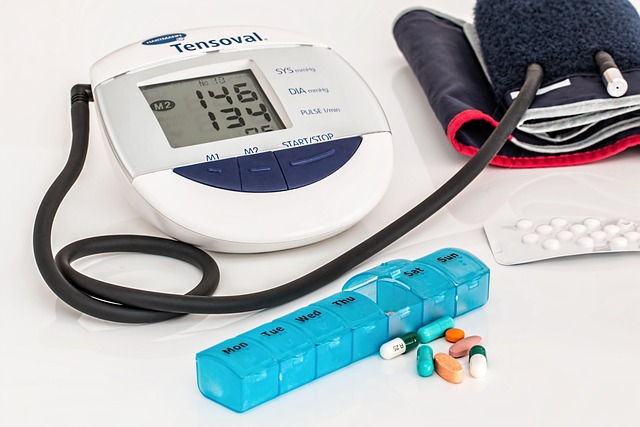Atopic Dermatitis – Silent Red Flags You Need To Recognize
Atopic dermatitis, commonly known as eczema, affects millions of Americans and can significantly impact quality of life when left unrecognized. This chronic inflammatory skin condition often presents with subtle signs before developing into more severe symptoms. Understanding these early warning signs is crucial for timely intervention and effective management of the condition.

What Are the Early Warning Signs of Atopic Dermatitis?
The initial signs of atopic dermatitis may appear subtle but are important indicators of the condition. These typically include dry, itchy skin that may seem mild at first. The affected areas often develop a slight redness or appear slightly darker on darker skin tones. Patches of rough or scaly skin, particularly in the creases of elbows and knees, can emerge gradually. Many individuals also notice increased skin sensitivity to certain fabrics or environmental factors.
What Hidden Signs Are Linked to Atopic Dermatitis?
Beyond the visible skin symptoms, atopic dermatitis presents several less obvious indicators. Sleep disturbances due to nighttime itching often occur before noticeable skin changes. Skin may feel particularly warm to the touch in affected areas, even without visible inflammation. Some individuals experience increased emotional stress or irritability due to constant discomfort. Changes in skin texture, such as thickening or lichenification, can develop gradually over time.
Which Symptoms Should Never Be Ignored?
Certain symptoms warrant immediate medical attention. Severe itching that interferes with daily activities or sleep requires evaluation. Signs of infection, including yellow crusting, oozing, or intense redness with warmth, should not be overlooked. Widespread rash coverage or symptoms that don’t respond to over-the-counter treatments need professional assessment. Emotional distress or social withdrawal due to skin appearance also deserves prompt attention.
Understanding Treatment Options and Management
Treatment approaches for atopic dermatitis vary based on severity and individual factors. Basic management includes regular use of moisturizers and gentle skincare products. Prescription treatments may include topical corticosteroids, calcineurin inhibitors, or newer biological medications. Lifestyle modifications, such as identifying and avoiding triggers, maintaining proper skin hygiene, and managing stress, play crucial roles in long-term control.
Understanding the Costs of Treatment in the USA
Treatment costs for atopic dermatitis can vary significantly based on severity and chosen interventions. Below is a breakdown of common treatment options and their estimated costs:
| Treatment Type | Average Cost Range | Coverage Notes |
|---|---|---|
| Basic Moisturizers | $10-30/month | Usually not covered by insurance |
| Prescription Topicals | $30-200/tube | Often partially covered with insurance |
| Biological Medications | $1,000-3,000/month | May require prior authorization |
| Phototherapy Sessions | $100-300/session | Usually covered with copay |
| Dermatologist Visits | $100-300/visit | Typically covered with specialist copay |
Prices, rates, or cost estimates mentioned in this article are based on the latest available information but may change over time. Independent research is advised before making financial decisions.
Recognizing and addressing atopic dermatitis early can help prevent progression to more severe forms and reduce overall treatment costs. Regular monitoring of symptoms and maintaining open communication with healthcare providers ensures optimal management of this chronic condition.
This article is for informational purposes only and should not be considered medical advice. Please consult a qualified healthcare professional for personalized guidance and treatment.




